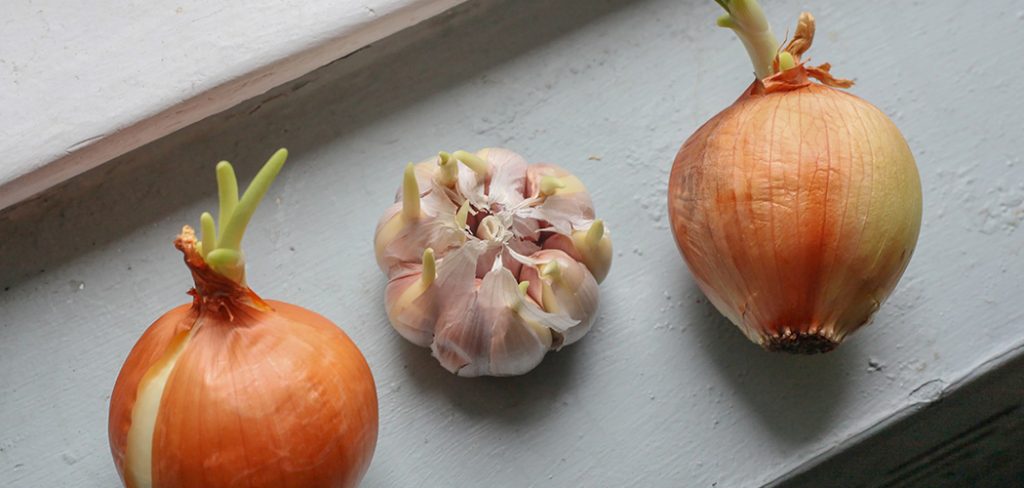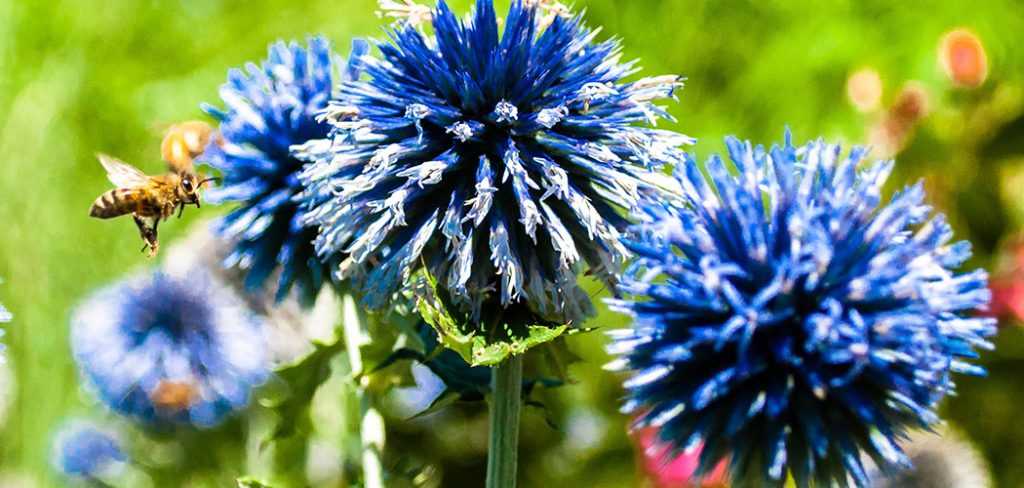Tomato plant diseases? Tomatoes a superfood antioxidant, a good source house of vitamins and indeed one of the health nutrient troopers such as folate which is easy to grow. The fiber and the choline content makes it non-vulnerable to heart diseases.
The tomato breeds considered to withstand the harshest environments still the tomato plant diseases are common and it has pesticides residue too. Do you know why? When it comes to home gardening or crop harvesting the biggest problem, which ruins the outcomes, is tomato plants diseases. Therefore, the disclaimer knocks.
Well, no worries. Here, we will identify and seek solution to this manifest keep reading to the end to have a confined solution. If you are having long run harvests, it is better to offer the rotation to plants. Know the root enemies the virus, fungi, bacteria. Watch out for them, know them and learn to combat them. Different regions have different modes of infections depending in the external factors too (temperature, humidity, salinity etc).
How to know your tomatoes are unhappy?
Farming or Home garden party for tomatoes can be end if any one of the following disease found in the lot of tomatoes. These 10 common diseases, which makes your tomato plants unhappy, are:
Early blight (stem canker) (alternaria)
What is tomato plant blight?
Insecticides and herbicides mostly results in early blight. It is sometimes confused with septoria leaf spot but it is different as it does not undergo fruit like filaments on spots as septoria does. It can occur in any weather. Tomato leaf problems appear around stem in tomato blight.
- Identification:
Edges may turn dark. Brown or black spots may appear on the leaf. Stem ends are much darker. In this disease mostly before the plants started giving fruits the fungus attacks.
- Cure:
Use drip irrigation to cling the vegetation dry. Bleach with 1 part and 4part water have to be pragmatic. (To disinfect snipping). Better to buy certified seeds. If this disease exist in present year of harvest, offer crop rotation. Tomato blight spray (1tb spoon of baking soda in 1 quarter of water) will also help to deal this malady. Destroy all the garden debris do not use the material for compost.
Late Blight (phytophtora)
It occurs in humid region, caused by a water mold. It can destroy the leaves, stem and fruits too. The major difference between early blight and late blight is in the results. In late blight, plant dies in a very short time span.
- Identification:
It turn the leaves brown and release spores in the wind. At start, leaves may look like olive green, which turns into the purplish or dark brown spots.
- Cure:
Remove the affected leaves. Apply mulching with wood chips to avoid spores intact with soil. Use fungicides to stop the spread and further damage.
FUSArium Veritcilium Wilt
Wilting tomato diseases embed in roots. When fungi is present in the soil. It lumps the water vessels of tomato plant, which blocks the resource of water from going to stem. The plant may appear recovered in the night but in the days while facing the sun the wilting occurs.
- identification:
Plants starts wilting from tips that may appear at the bottom or top side leaves of tomato plants. At the expiration, leaves started losing color.
- Cure:
Bests cure is to have a bred, which is resistance to this disease. Avoid pouring excessive water into the plants. Don’t
Septoria leaf spot & anthracnose
- Identification:
Round patch with gloomy edges and grey-white center a furthermore little black spot in the center. Tomato leaves infested by this disease may turn yellow. The problem not only finishes here it spreads when watered (as spores spread). Warm temperatures mostly triggers this disease more.
- Cure:
Spacing between tomato plants is necessary. Do not make the soil soggy while splashing the plants (better to water in the morning)
Wilt
What causes wilting of tomato plant, find the root cause?
Wilting tomato diseases can be from bacteria or fungus. Bacterial wilt is a disease of xylem (vascular tissues) which blocks the transport system of water and spread in the whiles system resulting in plant`s death. Most of the fungal wilts are not treatable unfortunately. It clogs the transport system so by the time whole plant wilts and dies.
- Identification:
Milky streams come of the cuts, during wilting or yellowing of leaves stem stays upright in bacterial wilt. While fungal wilt can be identifies by the presence of white mold on the soil
- Cure:
Soil solarization, aeration of soil, maintain pH.
It is better to cut off the plant immediately if fungal wilting occurs.
Grey leaf spot
These spots are due to fungus attack. The disease is favored by prolong stay of wetness
- Identification:
Leaves and stems develop grayed spots resulting in sunscald of tomatoes. Lesions may occur which turn the leaf yellow to brown which ends in drib.
- Cure:
Crop rotation, fungicide spray. Also, destroy the plant material immediately to decrease the extent. Many resistant breeds are available
Nematodes
We plant the sanctuary but it oblige as horde for nematodes. Nematodes form galls around the roots of tomato plants, which may appear sphere or elongated.
- Identification:
Short and stout roots with yellowing of plants.
- Cure:
Soil heat or soil solarization is best to have a cure for them. Crop rotation is good for upcoming harvests. Better to sample plants, which may appear weak to avoid the risk.
Mosaic virus
Infested by cuts that may impart due to insects chewing and grafting. Symptoms triggered more by environmental conditions if infested via seeds.
- Identification:
Yellow leaves with stunted growths, uneven ripening if fruit. Browning of fruit wall, necrotic spots or yellow botches appear on fruit. Dark streaks in stem. Fruit yield reduced by 2-23%
- Cure:
Dry heat the seeds and disinfect tools. Use steam pasteurized soil. Minimum 2-year crop rotation. Remove plants as soon as symptoms appear. Thermotherapy can be a savior.
Curled leaves
Tomato plant diseases and pests
5 Reasons of tomato plant curled leaves
- dry weather
- hot weather
- fertilizer burn
- dust blown
- less watered
Tomato plant diseases curled leaves the physiological leaf roll is because of the environmental factors of hot dry weather or blowing wind.
- Identify:
Edges curl up showing the sign of stress of temperature or humidity.
- Cure:
Keep the area free of weeds. Use pesticides and disease resistant bred is suggested. Glyphosate used as herbicides but it is not healthy for humans.
- pesticides or fertilizer burn
Tomato diseases and pests can damage the tomato plants but if fertilizers are over dose plants can wilt or die.
- identification:`
Leaves wilt with yellow colored appearance. Leaf margins appeared brown in color. In some cases, a crust of fertilizer may appear on soil. Defoliation may results too.
- Cure:
Water should be soaked to flush out excessive salts if over fertilized. After 4 -6 weeks if you apply fertilizer it is more than enough.
Conclusion
The diseases will stand what matters is how you combat these tomato pants diseases. It is better to prepare a resistant breed. Some of the resistant bred is introduced into many tomato varieties. Some name them codes according to the resistance that bred have for example FFF (Fusarium wilt races 1.2 and 3). Tomato diseases and pests have to slog side by side so it is better to have tomato plants diseases identifications timely as a key to proactive measurements. Tomato plant diseases and treatments applied to save the harvest. Trimming is before plantation and during growth season done to avoid diseases and trigger plants growth. Water them one inch every day. Be caution do not make them soggy. Offer rotation if four harvest continues at same site.
5 general ways to know tomato plant diseases identification & treatments
- For bacterial diseases, copper spray can be beneficial. Some growth promoting bacteria like rhyzobacteria can aid in developing the resistance to environmental factors.
- For fungal diseases, copper spray applied in spring before the symptoms appear or immediately after the first symptom noticed. (You can make it by using ration of 1 gallon of water, 3 ½table spoons of copper sulfate and approx 10 table spoons of hydrated lime for each gallon of mixed spray).
- Tomato leaf problems treated using baking soda as it has fungicidal properties (1tb spoon of baking soda in 1 quarter of lukewarm water. Tip: adding one-tablespoon vegetable oil will make it stick to your plant).
- Wilting tomato diseases are though the most tangible problem in harvesting.
- Fertilizer burn may cause physiological roll. Water the plants one inch daily to revive them from wilting or curled leaves.
Check my other post on small vegetable garden and how to have a sustainable backyard farm.

